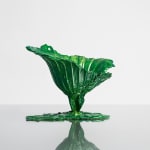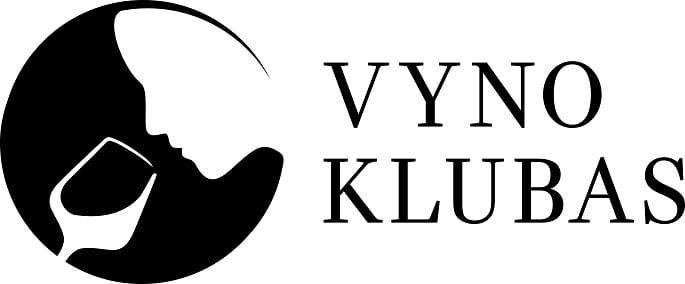Vilius Dringelis Lithuanian, b. 1989
Sekti gėles (vaza) / Follow the Flowers (vase), 2023
Lakuotas aliuminis
Lacquered aluminium
Lacquered aluminium
16.5 x 24 x 20.5 cm
6 1/2 x 9 1/2 x 8 in
6 1/2 x 9 1/2 x 8 in
Edition of 2 plus 1 artist's proof
Further images
-
(View a larger image of thumbnail 1
)

-
(View a larger image of thumbnail 2
)

-
(View a larger image of thumbnail 3
)

-
(View a larger image of thumbnail 4
)

-
(View a larger image of thumbnail 5
)

-
(View a larger image of thumbnail 6
)

-
(View a larger image of thumbnail 7
)

-
(View a larger image of thumbnail 8
)

-
(View a larger image of thumbnail 9
)

-
(View a larger image of thumbnail 10
)

Vilius Dringelis' Follow the Flowers is a sculptural vase that bridges two distinct cultural periods in the history of Vilnius, weaving together the city’s diverse past through material and form....
Vilius Dringelis' Follow the Flowers is a sculptural vase that bridges two distinct cultural periods in the history of Vilnius, weaving together the city’s diverse past through material and form. Drawing inspiration from Vilnius's architectural and urban elements, Dringelis combines historical references that evoke the layered experiences of the city.
The vase features two key elements: one restructured from a streetlamp on Basanavičius Street, installed and later removed during the early years of Lithuania's independence, and another drawn from a 1928 inscription on a manhole cover in Polish, located on St. Casimir Street, dating back to the interwar period when Vilnius was under Polish administration.
Through this fusion of symbols from different eras, Follow the Flowers tells the story of a multicultural city, highlighting its complex identity and shifting influences. Dringelis' work serves as a functional object and a narrative vessel, inviting viewers to reflect on the intersections of history, culture, and the everyday urban landscape.
The vase features two key elements: one restructured from a streetlamp on Basanavičius Street, installed and later removed during the early years of Lithuania's independence, and another drawn from a 1928 inscription on a manhole cover in Polish, located on St. Casimir Street, dating back to the interwar period when Vilnius was under Polish administration.
Through this fusion of symbols from different eras, Follow the Flowers tells the story of a multicultural city, highlighting its complex identity and shifting influences. Dringelis' work serves as a functional object and a narrative vessel, inviting viewers to reflect on the intersections of history, culture, and the everyday urban landscape.












